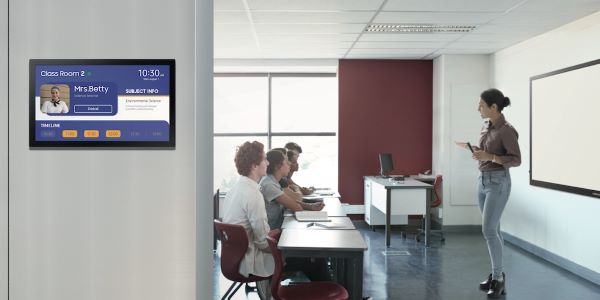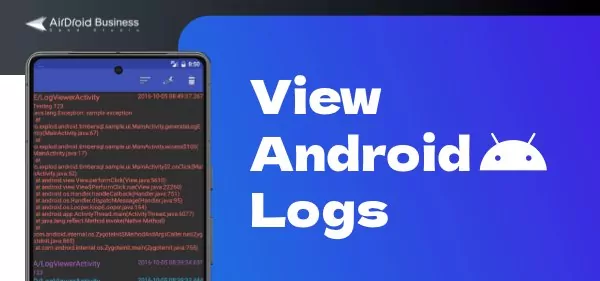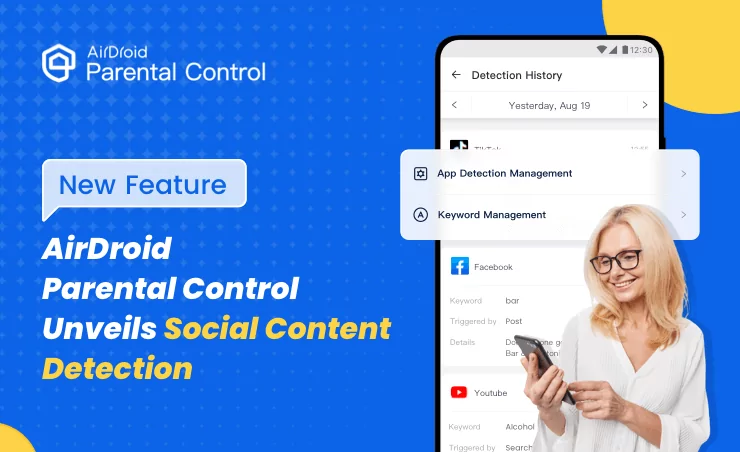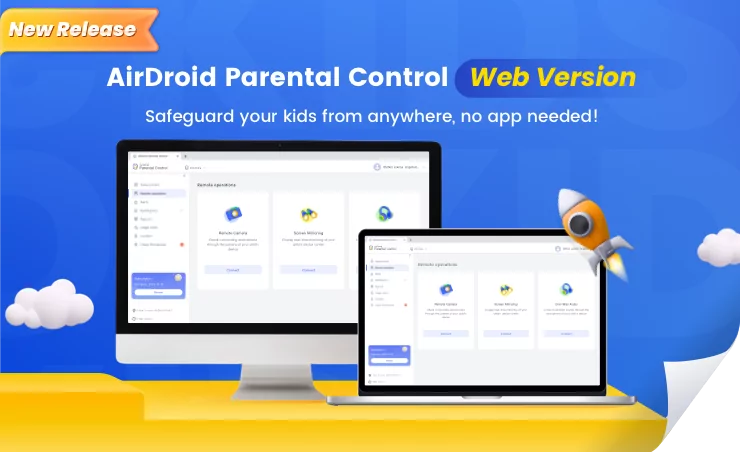MDM for Education: 5 Features Every Educational Organization Needs
With announcements from officials declaring that many educational institutions across the country will require students to study from home, many are turning to mobile devices as a tool to efficiently deliver education remotely. The growing trend of online learning and virtual classrooms may present a number of challenges around device management and upkeep. Considering the need for social distancing, this is especially cogent as IT personnel can’t travel to deliver IT support in person.
Luckily, a range of technologies and tools exist that can help IT personnel and administrators to conduct routine maintenance, troubleshoot device issues and deliver resolutions remotely. One such tool is mobile device management, or MDM, and in a nutshell, the technology enables IT Managers to remotely control, access and maintain mobile devices from a central location.
1 Mobile Tech in Education: Uses & Challenges
In the 2025 educational environment, digital technology is a precious tool for enhancing the learning experience and streamlining management processes within schools, academies, or training providers. Mobile devices, in particular, are revolutionizing the way schools operate today. From students' tablets to attendance terminals, mobile devices are becoming essential both in the students' toolkit and school infrastructure.
Dynamic Digital Signage
In a large modern high school, two large screens have been mounted in the main hallways on the first and second floors. They are the points of reference for students to check their daily schedules and urgent notices (such as schedule changes or teacher availability). Teachers no longer have to print announcements or repeat notices in class to make sure that all students are always informed about school activities.
However, there have been a few attempts from students to access the device settings hoping to play funny videos during breaks. While managing both screens with MDM and removing the need for manual updates on each screen, the school's IT administration also needed to secure the devices, preventing unauthorized access and locking them into their informational display function.

Secure Coding Lab Tablets
For its coding classes, a school has equipped its computer lab with 30 tablets that students can use to test their applications during classes. However, the school administration is well aware that mobile devices with Internet access are a huge source of distraction and it is worried that students could download games or entertainment apps on the school tablets, or use them to access dangerous or inappropriate websites.
To avoid distractions and secure pupils' safety, the school has configured app installation and system settings restrictions for all tablets. The IT department has also configured rapid reset so that each tablet is rapidly reset after each session.

Automated Attendance Terminals
In a modern academy, terminals have been installed outside each classroom. Upon entrance, students scan their ID card and that's how the application running on the terminal automatically logs and keeps track of their attendance. Teachers no longer need to take attendance before the start of each class.
However, several students have attempted to use the built-in browser for private browsing and gaming. To prevent such misuse, the IT department had to secure the kiosk system and lock browser access to only the needed web app URL.
Additionally, while making sure terminals were located in accessible locations, the academy administration also had to physically protect the devices as they are necessarily located in high-traffic spots.

2 How to Simplify Classroom Device Management with MDM?
While having become essential in today's educational environments, mobile technology also brings several challenges. That's where a premium MDM solution like AirDroid Business comes into play. It offers a centralized platform that allows IT personnel to configure and secure school-owned devices remotely, automatically, and without causing interruptions to the teaching/learning activity.
Kiosk mode allows admins to lock down devices into specific functions, limiting access to every feature and application that's not needed for the intended purpose. With kiosk mode, mobile devices are turned into school signage displays or attendance terminals without students being able to use them for Internet browsing, gaming, or any use different from the intended one.
Remote Content Management allows admins to upload content without touching the device. With this feature, they can efficiently manage school digital notice boards and make sure that all of them are constantly updated with the right information.
App management allows admins to remotely install, configure, update, and uninstall apps on school mobile devices. In lab environments, this feature allows teachers to quickly configure devices for the upcoming classes, resetting them and making them ready for the class at the end of it.
Real-time monitoring allows admins to constantly monitor devices so that if, for example, a student tries to access dangerous websites, the administration is instantly alerted.
Remote access allows admins to access each device to troubleshoot them without having physical contact with the device.
3 MDM Solution for Education: A Growing Imperative
While digital tools are becoming essential in schools, colleges, and any educational environment, efficient device management is crucial. Without a centralized platform that allows remote management, it becomes almost impossible to streamline operations of school digital informational screens, attendance terminals, or school-provided devices.
An MDM platform allows IT teams to configure and secure devices to not only improve the management process and device longevity, but also to enhance the learning process limiting distractions, providing students with the tools they need, and preventing access to inappropriate content online.












Leave a Reply.